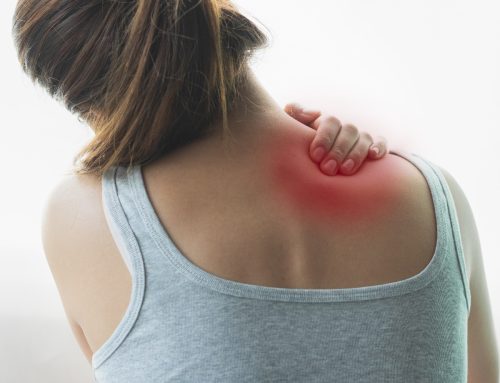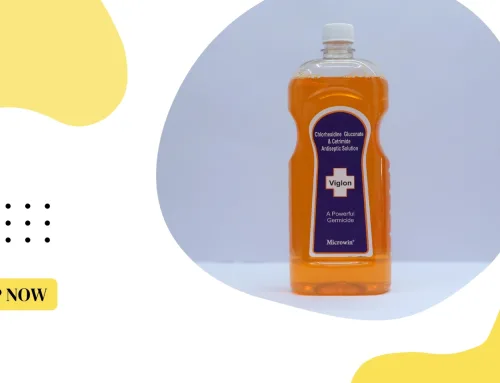Povidone Iodine, also commonly called Betadine, is one of the most potent and commonly used antiseptics. It is used in hospitals as a scrub, added to ointments, topical solutions, and even mouthwashes. It can kill various bacteria, fungi, and viruses. Despite its widespread use, resistance against it is pretty uncommon.
The history of povidone iodine starts with the discovery of iodine in 1811. Soon after its discovery, iodine became one of the most used antiseptics, especially for cleaning wounds, preventing infections. However, although iodine is quite effective, it has drawbacks like causing skin irritation and staining. Thus, by the 1950s, the use of iodine fell sharply.
What is povidone iodine?
Polyvinylpyrrolidone-iodine (PVP-I or povidone iodine) is created by combining iodine and polyvinylpyrrolidone. It results in a much more potent antiseptic with an excellent safety profile. Thus, it is more potent than iodine, does not cause staining and skin irritation.
In Povidone iodine, polyvinylpyrrolidone acts as a carrier and reservoir of active iodine. It slowly releases the active iodine, which is responsible for its antimicrobial activity.
However, Povidone iodine is a unique antiseptic in many ways. It demonstrates a paradoxical effect. It is effective as a 10% solution, but its antimicrobial action increases with dilution, and it is most effective at a dilution of 1:100. After which its effectiveness decreases.
Povidone Iodine is available in many forms as an aqueous solution (10%), surgical scrub (7.5%), flavored mouth wash, ointment, and much more.
Mechanism of action and antimicrobial activity
Polyvinylpyrrolidone significantly boosts the antimicrobial activity of iodine, as it has a high affinity to cell membranes. It means that it helps attach povidone-iodine to the cell wall of microbes. Once attached to the cell membrane, it releases iodine, destroying cellular proteins, fatty acids, and even the microbial cell membrane. Thus, it can inactivate microbes in seconds.
Povidone Iodine has a broad spectrum of activity and thus is active against both gram-positive and gram-negative pathogens. Moreover, it can also neutralize most viruses and fungi. It is pretty effective even in the presence of pus, sputum, or other body materials or contaminants.
It is also effective against more difficult to kill pathogens like mycobacteria. It is also effective against antibiotic-resistant enterococci, Staphylococcus aureus, gram-negative bacilli. Thus, it is generally regarded as superior to other commonly used antiseptics for overcoming antibiotic-resistant strains of microbes.
Recent studies show that it is also active against the covid-19. Thus, it may have a role in preventing the spread of the infection.
Some common uses of Povidone Iodine and its benefits
Povidone-iodine has found a number of uses. It is suitable for use in hospitals or institutions. It is equally good for use at home. It is commonly available as an over-the-counter antiseptic that may help fight numerous infections. Its solution can be used to sanitize hands, prepare skins for procedures, wound irrigation, wound healing. Its gargles are also in widespread use to prevent throat infections and have a role in preventing the spread of some respiratory infections. Below are some of its common use scenarios.
Fighting spread of infections
Povidone-iodine is a highly versatile antiseptic that can kill most disease-causing viruses, bacteria, and fungi. Moreover, there are no reports of resistance against it. Further, it has an excellent safety profile. Thus, it is used for disinfecting skin, hands, as mouthwashes. It can help prevent the spread of contagious diseases like hepatitis A, influenza, and also covid-19. It is regarded as a potent and affordable antiseptic that is fit for use in hospitals and homes.
Hand disinfection
Hand disinfection is needed in various scenarios. In fact, some manufacturers are adding povidone-iodine to hand sanitizers and soaps, too. Nevertheless, its most common use could be in surgical scrubbing. Povidone remains one of the most commonly used antiseptics for scrubbing. Studies show that it needs 3 to 5 minutes to kill most pathogens. Thus 7.5% povidone-iodine should be applied minimum for 3 minutes or more.
Skin preparation for invasive procedures or surgery
Infections remain the major cause of complications in invasive procedures. Most of these complications are caused by opportunistic infections. Thus, cleaning the skin before such procedures may help reduce the risk of complications. Like hand scrubbing, one should give it 3-5 minutes to act and kill pathogens.
Wound irrigation or cleaning
One may use povidone-iodine for wound irrigation and reducing the risk of infection. It is equally suitable for use in clinical settings and at home. Studies show that there is a much lower risk of wound infection when irrigated with povidone-iodine in comparison to saline.
It is also safe for irrigating the bladder, peritoneal cavity, and even bowel in hospital conditions.
Wound management
Povidone-iodine solution or ointment may be used for wound care. It not only helps prevent infection, kills pathogens but is generally good for reducing inflammation. It does not appear to slow down wound healing like some other antiseptics. Further, it has no reported resistance and can penetrate biofilms. It means that it could be especially good for promoting the healing of chronic wounds and ulcers.
Preventing respiratory infections
Povidone iodine gargle may help prevent certain infections like Moraxella catarrhalis and Hemophilus influenza from binding to pharyngeal epithelial. It is perfect for preventing infections that cause disease by penetrating the upper respiratory tract. Further, povidone-iodine gargle may help reduce the risk of secondary infections caused by opportunistic pathogens.
Oral health care
One does not necessarily need to use povidone-iodine for treating infections. It is also suitable for regular use for oral health. It may help prevent the spread of infections like methicillin-resistant Staphylococcus aureus (MRSA). Gargling with it may also help prevent frequent bouts of throat infections, pharyngitis, tonsillitis, laryngitis, and much more.
To conclude, povidone-iodine is a potent, broad-spectrum antiseptic with numerous uses. It is available as a solution for use in institutions and at home, for scrubbing hands and cleaning wounds. It is also commonly added to antiseptic ointments and even used to gargle.






Great content! Keep up the good work!
Thanks for your blog, nice to read.